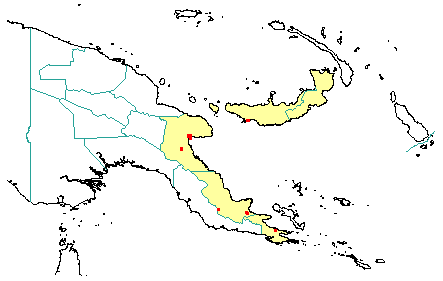
in PNGplants database
PNGTreesKey – Zanthoxylum pluviatile T.G.Hartley |
Barry Conn (NSW) & Kipiro Damas (LAE).
Guide to trees of Papua New Guinea
Copyright held by the authors, National Herbarium of New South Wales, and Papua New Guinea National Herbarium
Journal of the Arnold Arboretum Vol. 47: 201-204 (1966) Fig. 4.
Family: Rutaceae
Dicotyledon
Timber Group: Occasional timber species
Field Characters: Small sub-canopy tree (up to 20 m high) or Large canopy tree (up to c. 36 m high); Bole cylindrical (60-80 cm diam.); slightly crooked or straight (bole up to 20 m long); buttresses buttresses absent; spines spines absent; aerial roots aerial roots absent; stilt roots stilt roots absent; Bark pale grey, slightly rough, finely fissured or pustular, lenticels rounded/swelling; Subrhytidome (under-bark) white, green, or mottled; less than 25 mm thick, 6.0-10.0; bark blaze consisting of one layer; faintly to non-aromatic; outer blaze rarely white or yellow (pale (cream-coloured), with stripes (white or reddish), slightly corky or fibrous; inner blaze rarely white or pale yellow, with stripes (white or reddish), slightly corky or fibrous; bark exudate (sap) present, colourless, not readily flowing (spotty), colour not changing on exposure to air, not sticky; terminal buds not enclosed by leaves.
Indumentum: Complex hairs absent; stinging hairs absent; mature twig indumentum (hairs) absent.
Leaves: Leaves spaced along branches, spiral (leaves occurring singly at a node and arranged spirally up the branchlet), compound (a leaf made up from two or more leaflets); petiole present, not winged, attached to base of leaf blade, not swollen; leaves pinnate (unbranched with more than three leaflets); petiolule not swollen; rachis present, absent, absent; leaves without a terminal leaflet (the number of leaflets even - paripinnate), slightly broadest below middle or equally broad throughout much of length, (7.0-) 12.0-15.0 cm, (2.0-) 3.5-4.5 cm, leaflets opposite, asymmetric or almost symmetric; venation pinnate, secondary veins open, prominent, intramarginal veins absent; leaves lower surface pale green, upper surface dull green, indumentum (hairs) absent; present (with strong citrus aroma when crushed); domatia absent; stipules absent.
Flowers: Inflorescence terminal or axillary, flowers on a branched axis, cones absent; flowers unisexual, unisexual with male and female flowers on different plants, stalked, flowers with many planes of symmetry, 4.0-7.0 mm long, diameter small (up to10 mm diam.) (3-4 mm diam.); perianth present, with distinct sepals and petals whorls, inner perianth white; 4, free; stamens (0-) (female flowers) 4-6, present, free of each other, free of the perianth; ovary superior (rudimentary in male flowers), carpels joined (when more than one), locules 1; styles solitary, 1.
Fruits: Infrutescence arranged on branched axis, fruit 7.0-8.0 (-10.0) mm long, 6.0-9.0 mm diam., green (possibly immature, with strong citrus aroma), not spiny, non-fleshy or slightly fleshy, simple, dehiscent, follicle; seeds 1 (per follicle), to about 5 mm long, not winged, broad (as wide as long) (black and glossy), seed 1-10 mm diam. (c. 3-4 mm diam.).
Distribution: Morobe, Northern, Milne Bay & New Britain.
 | Botanical records in PNGplants database |
iFiles:
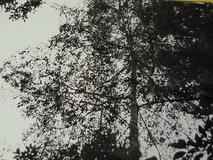
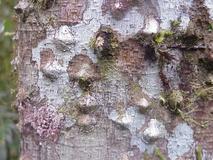
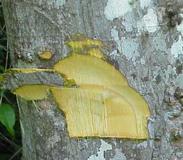
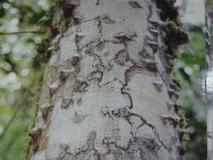
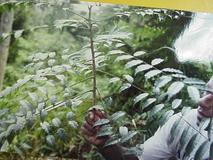
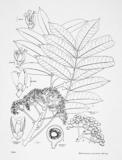
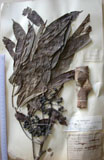
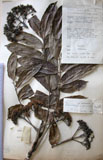 .
.
Notes: Notes The margin of leaflets are usually entire, but sometimes a few large glandular teeth are present (refer: A. Kairo & H. Streimann NGF27861 from Middle Logging Area, near Bulolo.